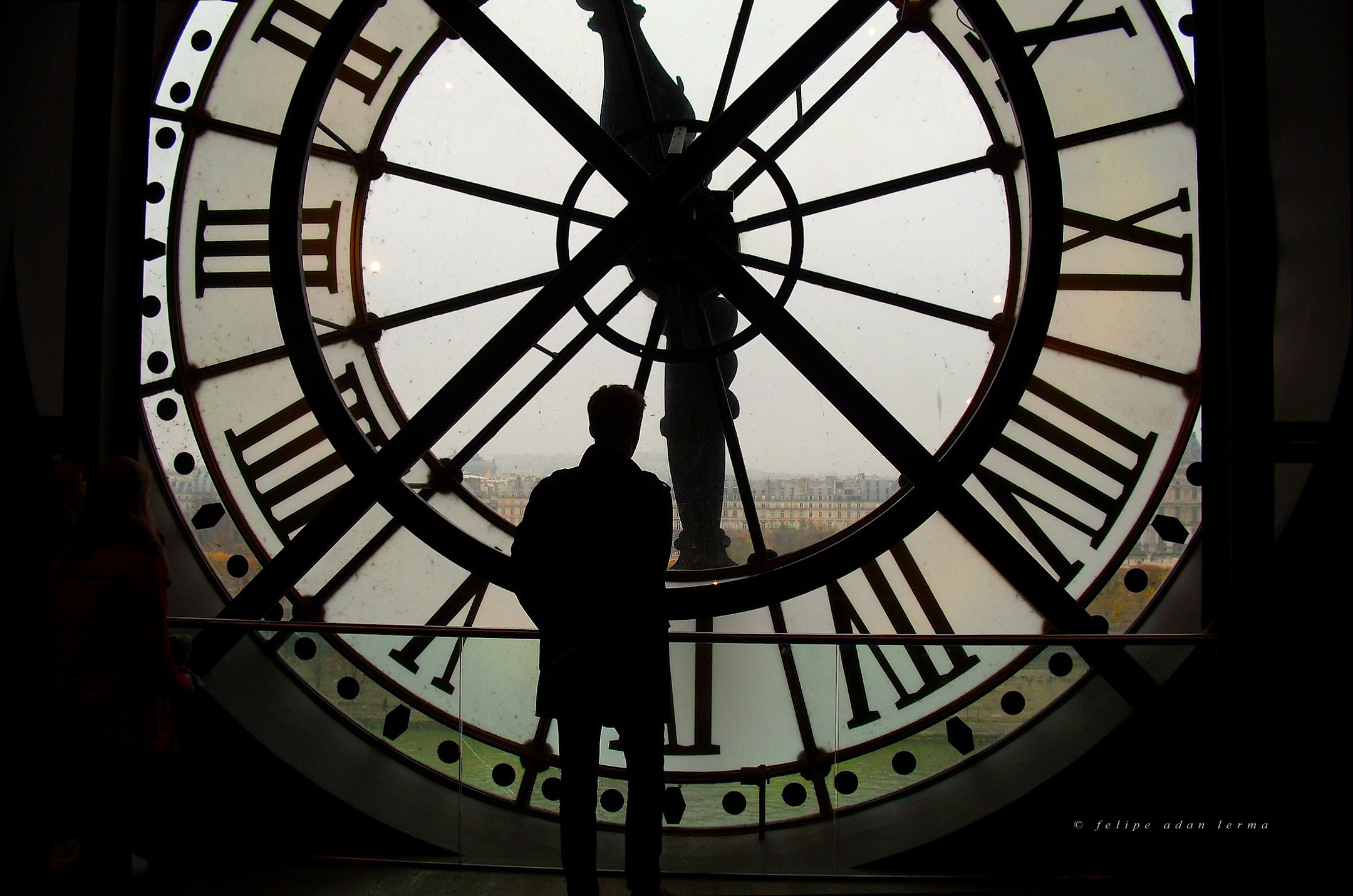There is much discussion these days about the hammer of government regulation that may come down on internet companies–Facebook, Twitter, Google, Amazon, Microsoft. It’s already happening in Europe. One observer commented that

Georgia farm woman with electric refrigerator, 1930s — http://hdl.loc.gov/loc.pnp/ppmsca.01761
“Around the world, governments are moving simultaneously to limit the power of tech companies with an urgency and breadth that no single industry had experienced before.”
But many new industries in the past have experienced a rush of regulation–at just about this point in their development. What starts out as a novelty begins to spread, gets cheaper, spreads more, becomes an important practical tool for many if not most people, and finally becomes a necessity of modern life, a public utility (“a firm providing essential services to the public”) calling forth government intervention.
Two kinds of intervention in particular: One is to subsidize, require, or even directly provide universal access to a technology that started out as a luxury for the few. The other is to regulate the provision of that technology so as to reduce its cost, maintain minimal standards, and avoid negative externalities–accidents, extortionist pricing, pollution, unsightly equipment, and so on.
The tech past may be the tech prologue here.










